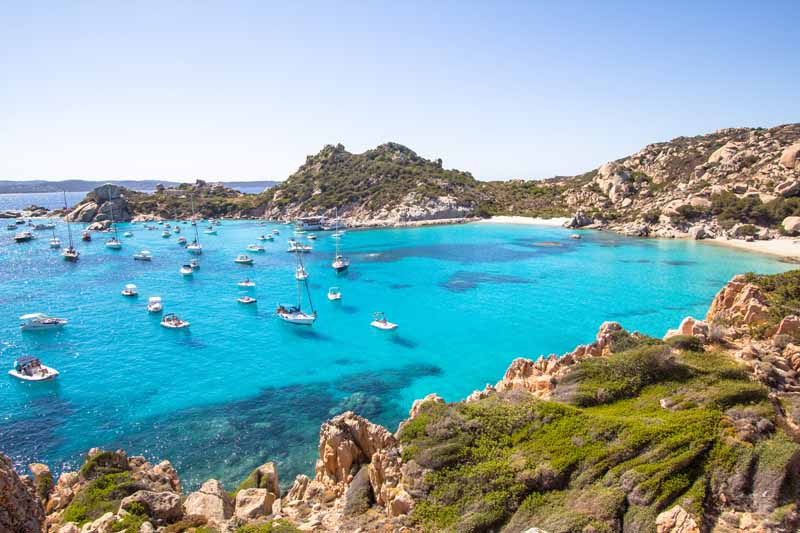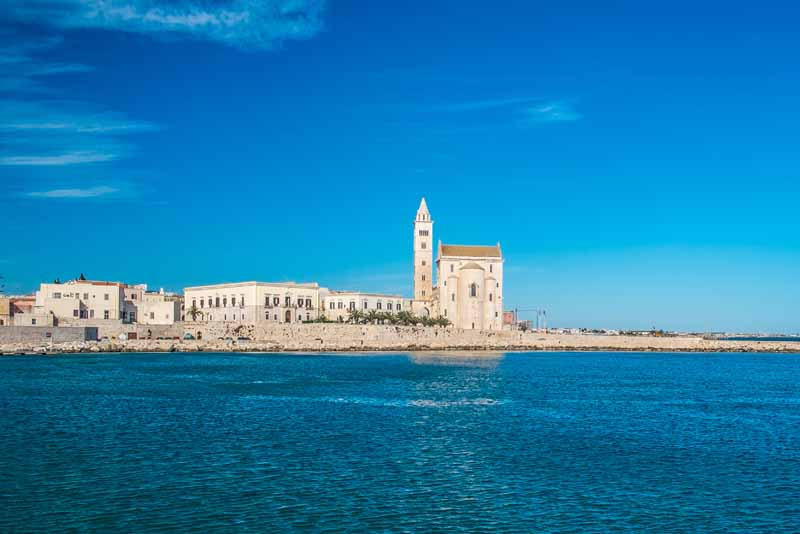
Tourism in Italy 2025: Why Venice Struggled, Rome Boomed, Secondary Destinations Are on the Rise and Americans stayed at home
As Italy’s 2025 tourist season draws to a close, KissFromItaly founder Andrea Barsotti reflects on which cities thrived, which struggled, and what travelers can expect heading into 2026. Updated October 6, 2025 for press distribution
Italy entered 2025 with high hopes. In January and February, bookings surged 30–50% higher than the same months in 2024. Hotels and operators were bracing for a record year.
But momentum stalled in March. By summer, the season had slowed dramatically. June, July, and August 2025 all underperformed compared to 2024, disappointing many in the industry.
Key tourist cities suffered notable drops:
Florence: down about 20%
Venice: down around 30%
Amalfi Coast: down roughly 25%
Rome: the exception, with increased volumes thanks to Jubilee pilgrims visiting the Vatican
Why Many American Tourists Stayed at Home
A big factor in Italy’s 2025 tourism slowdown was the decline in U.S. visitors. Americans are typically among the highest-spending tourists in Italy, but this year saw both fewer arrivals and lower spending per visitor.
We asked Andrea Barsotti, founder of KissFromItaly what's behind this trend: "I see various reasons why fewer Americans traveled to Italy this year, starting with political uncertainties, both internationally and at home, that made international trips feel riskier," said Barsotti "Then from an economic standpoint the weaker U.S. dollar compared to the Euro increased the cost for trips to Europe. Add to this that some Americans worried about how they might be received abroad given tensions in U.S. politics and the result is that many opted to stay closer to home or postpone their travel plans"
The effect? Operators reported emptier hotels and lower revenues, especially in destinations that usually depend on U.S. travelers.
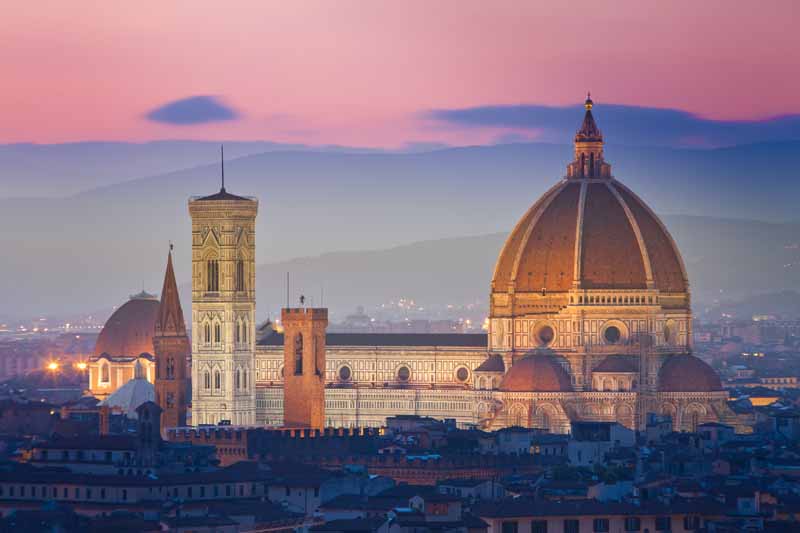
Venice’s Struggles and the New Tourist Tax
Venice’s drop of nearly 30% compared to 2024 has been one of the most dramatic shifts of the season. Beyond the broader decline in U.S. visitors, locals and operators point to another factor: the new day-tripper tax introduced in 2025.
The tax, designed to limit the number of short-term visitors, requires day-trippers to pay an entry fee when visiting the city. It was introduced to help fight overtourism and protect Venice’s fragile infrastructure, but it might have discouraged some potential visitors, especially budget-conscious travelers. Introduced in 2025 as a test, it has been reconfirmed for 2026.
"The introduction of the new fee has been controversial" says Barsotti "but I see it as a positive step towards protecting Venice from overtourism while acquiring financial resources that can be used for the preservation of the city"
This policy is part of Venice’s long-term sustainability strategy, but in the short run, it may have contributed to the steeper decline in visitor numbers compared to other Italian destinations.
Secondary Destinations on the Rise
While iconic hubs slowed, Italy’s lesser-known regions saw more attention in 2025:
Puglia: with its whitewashed towns, beautiful beaches, and iconic trulli houses, the region is booming as travelers seek authenticity.
Le Marche: often called "the new Tuscany," offering rolling hills, Renaissance towns, and coastal escapes — but without the heavy crowds and low prices.
Sardinia: once overlooked by Americans, it’s now appearing on more itineraries thanks to its pristine beaches, rugged landscapes, and growing luxury scene.
These destinations benefit from offering value, authenticity, and breathing room at a time when Italy’s major cities feel both expensive and crowded.
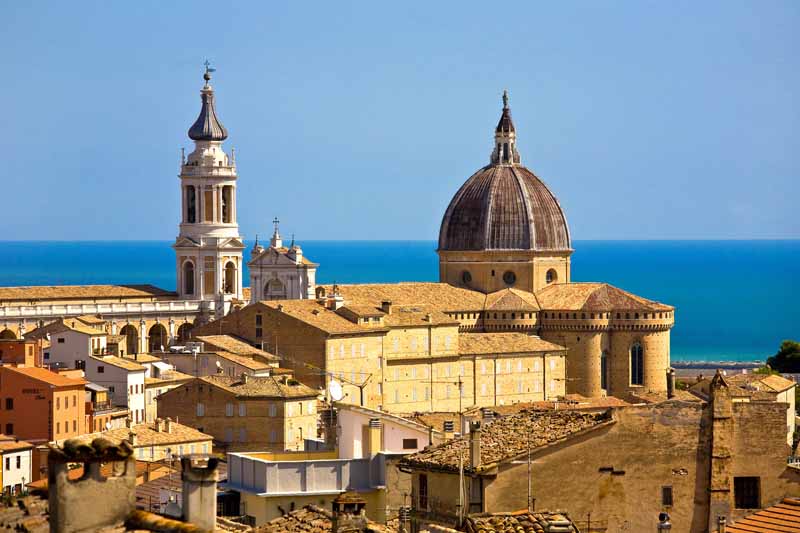
The Silver Lining: Overtourism Relief
For years now, cities like Venice and Florence have been overwhelmed by overtourism. Narrow streets, strained infrastructure, and frustrated locals have all made headlines.
The 2025 slowdown, while tough for businesses, has created unexpected benefits:
- Less crowding at major attractions
- Better visitor experiences with shorter waits and calmer streets
- Breathing room for locals in destinations long under pressure
This pause could be a chance for Italy to rebalance tourism flows — encouraging more visits to secondary destinations and ensuring sustainable growth in the years ahead.
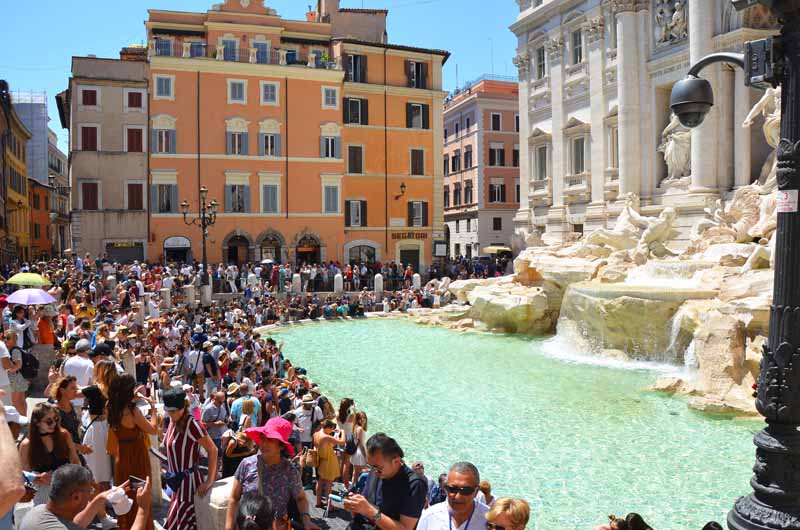
Photo: Conrado Cavani - Shutterstock
Italy 2025: Two Stories, One Season
While keeping in mind that there are still more than three months before the end of the year, how should we remember Italy’s 2025 tourist season?
- Official preliminary data: modest growth overall, with national arrivals and spending slightly up.
- On the ground: weaker demand, especially in iconic hotspots, with secondary regions emerging as exceptions.
"Data from the end of September and early October suggests that major destinations like Florence are starting to recover," said Barsotti. "While overall demand remains below initial expectations, we’re already seeing travelers return, which is encouraging for operators and a positive sign heading into the final months of 2025."
For travelers, this means opportunity. Visiting Italy in late 2025 or early 2026 could mean fewer crowds in famous cities and new discoveries in rising regions like Puglia, Le Marche, and Sardinia.
This article was originally published on KissFromItaly.com on September 23, 2025, updated on October 6 2025, and is being shared with media outlets for reference.


